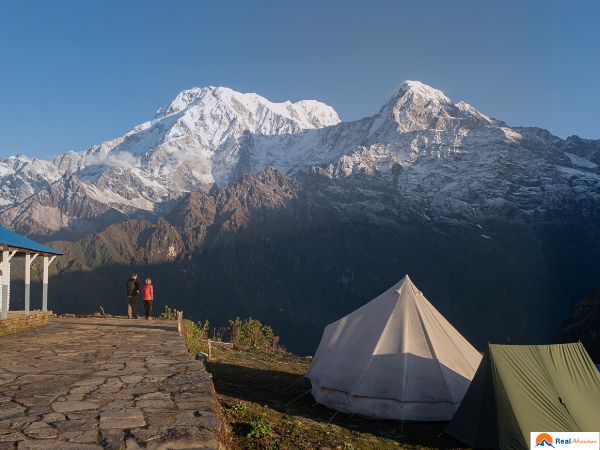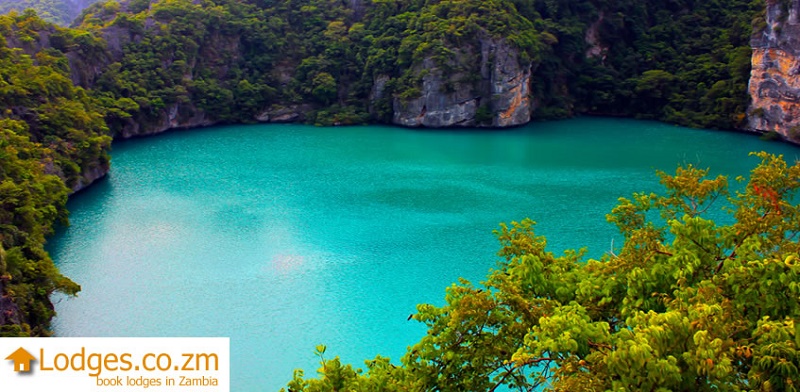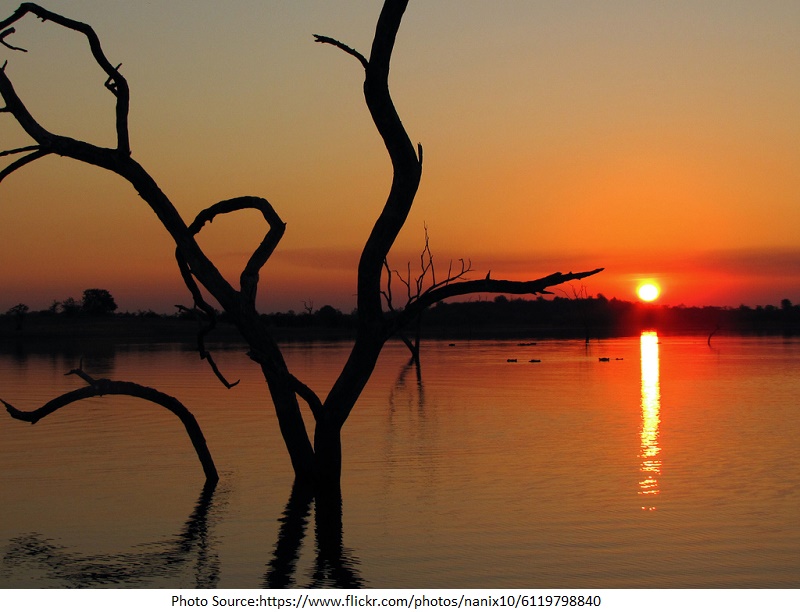The Annapurna Panorama Trek is one of Nepal’s most beautiful and accessible treks, offering breathtaking views of the Annapurna range and a rich cultural experience. However, like any adventure in the mountains, it requires proper planning and awareness of health and safety measures. This guide provides essential tips to ensure a safe and enjoyable journey on the Annapurna Panorama view trek.
Understanding the Annapurna Panorama Trek
The Annapurna Panorama Trek is typically a 7 to 12-day trek that takes you through stunning landscapes, charming villages, and vibrant rhododendron forests. Trekkers are rewarded with spectacular views of iconic peaks such as Annapurna South, Hiunchuli, and Machapuchare. Although the trek is considered moderate in difficulty, being well-prepared is crucial for a safe adventure.
1. Physical Preparation
Before embarking on the trek, ensure you are physically fit. Training for the trek is essential to help you manage the physical demands.
Aerobic Exercise
Engage in aerobic exercises such as jogging, cycling, or swimming to build stamina. Aim for at least 30 minutes of cardio exercises, three to five times a week.
Strength Training
Focus on strengthening your legs, core, and back. Squats, lunges, and planks can help build the muscles you’ll use while trekking.
Hiking Practice
If possible, practice hiking with a loaded backpack on trails similar to those you’ll encounter. This helps your body adapt to the terrain and weight.
2. Stay Hydrated
Hydration is vital while trekking in high altitudes. Dehydration can lead to altitude sickness, fatigue, and decreased performance.
- Drink Water Regularly: Aim to drink at least 3-4 liters of water per day. Don’t wait until you’re thirsty to drink.
- Use Water Purification: Carry water purification tablets or a filter to ensure the water you drink is safe. You can refill your water bottles at various points along the trail.
3. Acclimatization
Altitude sickness is a significant risk on the Annapurna Panorama trek due to the elevation gained. Proper acclimatization helps your body adjust to the reduced oxygen levels.
Gradual Ascent
Plan your itinerary to include rest days and gradual elevation gain. Ascend slowly, allowing your body time to adapt.
Recognize Symptoms
Be aware of altitude sickness symptoms, including headaches, nausea, dizziness, and fatigue. If you experience these symptoms, descend immediately and seek medical assistance if necessary.
4. Proper Gear and Equipment
Investing in the right gear can enhance your trekking experience and keep you safe.
Footwear
- Trekking Boots: Choose sturdy, waterproof trekking boots with good ankle support. Break them in before the trek to prevent blisters.
Clothing
- Layered Clothing: Dress in layers to regulate your body temperature. Include moisture-wicking base layers, an insulating layer, and a waterproof outer layer.
Trekking Poles
Using trekking poles can provide stability and reduce strain on your knees during descents.
5. Nutrition and Meal Planning
A well-balanced diet is crucial during the trek to maintain energy levels.
Eat Nutrient-Rich Foods
Focus on high-energy foods such as nuts, dried fruits, and granola bars. Consume meals that include carbohydrates, proteins, and healthy fats.
Local Cuisine
Take advantage of local meals offered at teahouses along the trail. Dishes like dal bhat (lentil soup with rice) provide essential nutrients and energy for trekking.
6. Safety Precautions
While enjoying the beauty of the Annapurna region, it’s essential to prioritize safety.
Trek with a Guide
Consider hiring a local guide or joining a trekking group. A knowledgeable guide can navigate the trails, help you communicate with locals, and ensure your safety.
Inform Someone of Your Plans
Always inform a friend or family member about your trekking itinerary and expected return. This way, someone will know if you encounter difficulties.
Emergency Contact
Keep a list of emergency contacts, including local authorities and your embassy, in case of emergencies.
7. Weather Awareness
Weather conditions can change rapidly in the mountains. Staying informed can help you prepare for any situation.
Check Forecasts
Regularly check weather forecasts for the region. Be prepared for rain, snow, and sudden drops in temperature.
Adjust Your Plans
If conditions become dangerous (e.g., heavy snowfall or storms), be flexible with your plans and consider postponing or altering your itinerary.
8. Mental Health Considerations
Trekking in the mountains can be physically demanding and mentally challenging. Taking care of your mental well-being is just as important as your physical health.
Stay Positive
Maintain a positive attitude throughout your trek. Engage with fellow trekkers and local people to enhance your experience.
Take Breaks
Don’t hesitate to take short breaks during the trek. Enjoy the views and the journey rather than focusing solely on reaching the destination.
9. Emergency Preparedness
Always be prepared for emergencies, whether it’s an injury, illness, or sudden weather change.
First Aid Kit
Carry a basic first aid kit that includes band-aids, antiseptic wipes, pain relievers, and any personal medications you might need.
Know Basic First Aid
Familiarize yourself with basic first aid procedures. This knowledge can be invaluable in case of minor injuries or medical issues.
10. Enjoying the Journey
Finally, remember that the Annapurna Panorama Trek is not just about reaching the destination; it’s about enjoying the journey. Take time to appreciate the stunning landscapes, the local culture, and the friendships you build along the way.
If you’re considering a more extended adventure, check out the Annapurna Base Camp Trek (14 Days) for a comprehensive trekking experience.
Conclusion: Embrace Adventure with Real Adventure Nepal
The Annapurna Panorama Trek is an incredible experience filled with breathtaking views and cultural richness. By following these health and safety tips, you can ensure a safe and enjoyable trek.
For a well-organized and guided adventure, consider Real Adventure Nepal. Their expert team provides a supportive environment for trekkers, ensuring you make the most of your journey while prioritizing your safety and comfort. Embark on the Annapurna Panorama view trek with confidence and create unforgettable memories in the heart of the Himalayas!
Explore our blog: https://articleusa.com/annapurna-panorama-trek-essential-gear-and-packing-list-for-success/




